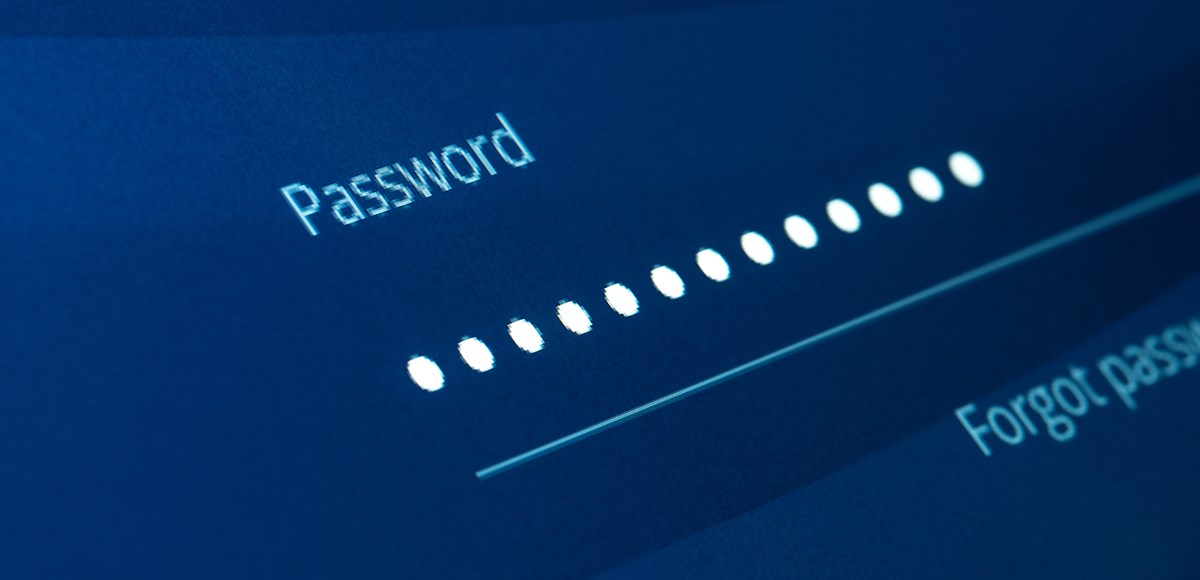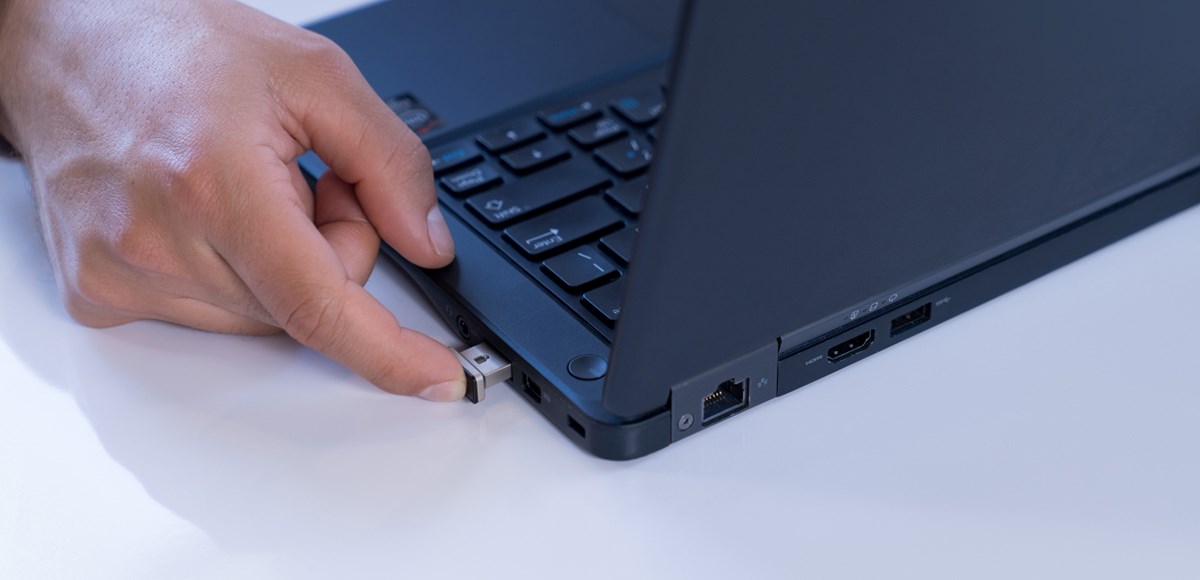
Multi-factor Authentication (MFA) is an authentication process requiring users to supply two or more forms of identification verification before granting access to a device, program, or application. MFA helps ensure that you are who you say you are—before giving you access to potentially sensitive information.
To decrease the chances of cyberattacks, MFA requires additional methods of verification beyond usernames and passwords. Two-factor authentication (2FA), or secondary factors, are forms of MFAs.
When evaluating possible data security methods, it’s important to understand the potential security gaps that exists when only using two factors to verify identity.
Challenges also exist for MFA, including static, inflexible rules that might inadvertently bar access to authorized users. However, a well-planned MFA implementation can help secure your data and keep you from being a victim of a cyberattack.
Why is MFA Needed?
As advancements in the digital age continue, data security becomes exponentially more important. Companies and organizations of all shapes, sizes, and sectors have reported cybersecurity attacks—costing US businesses millions in damages.
This places more onus on organizations to implement stronger data security measures to help prevent data breaches.
Ensuring everyone is utilizing secure networks, strong passwords, and MFA devices improves data security.

Benefits of MFA: Reasons to Use Multi-Factor
Did you know that 82% of data breaches involve a human element? The primary benefit of MFA is to reduce human error by requiring users to verify access permissions. By requiring employees to use MFAs, you increase the confidence that your company prioritizes data security.
Providing Security via a Wide Range of Solutions
There are a wide range of MFA solutions available to safeguard your data. You can use them on tablets, smartphones, laptops, computers, and servers—with authentication solutions spanning from phone apps to biometrics, to smart cards, to real-time SMS.
Preventing Cyber Attacks and Security Risks
MFA can prevent attacks that can compromise many aspects of your business. The more layers of security you place on your data, the safer it is—reducing your chances of being a victim of a cybercrime.
Integrations for 2FA and MFA
You can use 2FA and MFA security on any device, program, or application that supports them. From banking to e-commerce and everything in between, placing multiple layers of security on your data provides peace of mind. For a list of services that support 2FA, check out the 2FA Directory.
With the advancements and increasing adoption of Cloud Computing, MFA has become even more critical to security. The leading Cloud SaaS providers boast the latest security, but even these systems often limit themselves to only 2FA.
You can add a third layer of protection by including your own factor, such as a biometric security device. Use these devices with any application, program, or device you need to keep secure.
Types of Multi-Factor Authentication
There are three main types of MFA:
1. Something You Know (Knowledge)
This form of MFA is something you either chose or were told* and can be:
- PINs
- Passwords
- Security question
- One-Time Passcode (OTP)

*Knowledge-based factors (like single-use codes) can also fall into the category of “something you have” because you know them, and you need to have a smartphone in your possession to use them.
2. Something You Have (Possession)
Along with knowing the items above, you must also have them in your possession. However, when referring to items you must have in your possession, that includes:
- Security badge
- Fob device
- Smartphone

3. Something You Are (Inherence)
The best authentication factor is one that cannot be replicated, duplicated, or stolen from the user—such as a unique physical attribute. These devices detect:
- Fingerprints
- Voice identification
- Facial recognition

A subset to this authentication method would also include location-based factors (since you are at a location). These include times when the system looks at the user’s IP address to determine authority. Another is known as Adaptive Authentication, or Risk-Based Authentication, meaning that the system recognizes context and behavior. Adaptive Authentication notices behavioral patterns and acts accordingly by asking users to verify their identity. An example of this would be when a login is detected in a geolocation outside of your normal area of travel—such as when Gmail notifies you that someone located in Jakarta has attempted to log into your account (especially if you’ve never been to Jakarta). These patterns could also include which device the user logs in with, the time the person attempts to gain access, and what type of connection the user has (i.e., VPN, public network, etc.).
Passwordless MFA vs One-Time Codes
People often mistakenly use MFA interchangeably with 2FA. Technically, 2FA is a subset of multi-factor authentication—2FA limits the verification factors to two, while MFA uses more than two-factor identifiers.
Passwordless MFAs refer to devices that can be used for logins instead of a PIN, password, passphrase, or code. These devices include a factor that either uses biometrics to identify you, or require you to possess something—like a security key.
Data Security Devices You Can Trust
Over half (56%) of IT professionals acknowledge that swapping passwords for passwordless solutions would improve an organization's security. Another 54% state removing passwords would improve user convenience.
At Kensington, you don't have to sacrifice security for convenience. We offer a wide range of security devices, including tap-and-go biometric security keys and an online security portal for devices. Get both security and convenience with solutions from Kensington.
When you need added security to safeguard your data, choose data protection solutions you know you can trust!
